
Displaced Syrian Armenians - In 1915 Syria became a safe haven for approximately 20,000 Armenians fleeing Western (historic) Armenia during the genocide. Over the years, the Armenian population in Syria grew into a vibrant community of approximately 100,000.
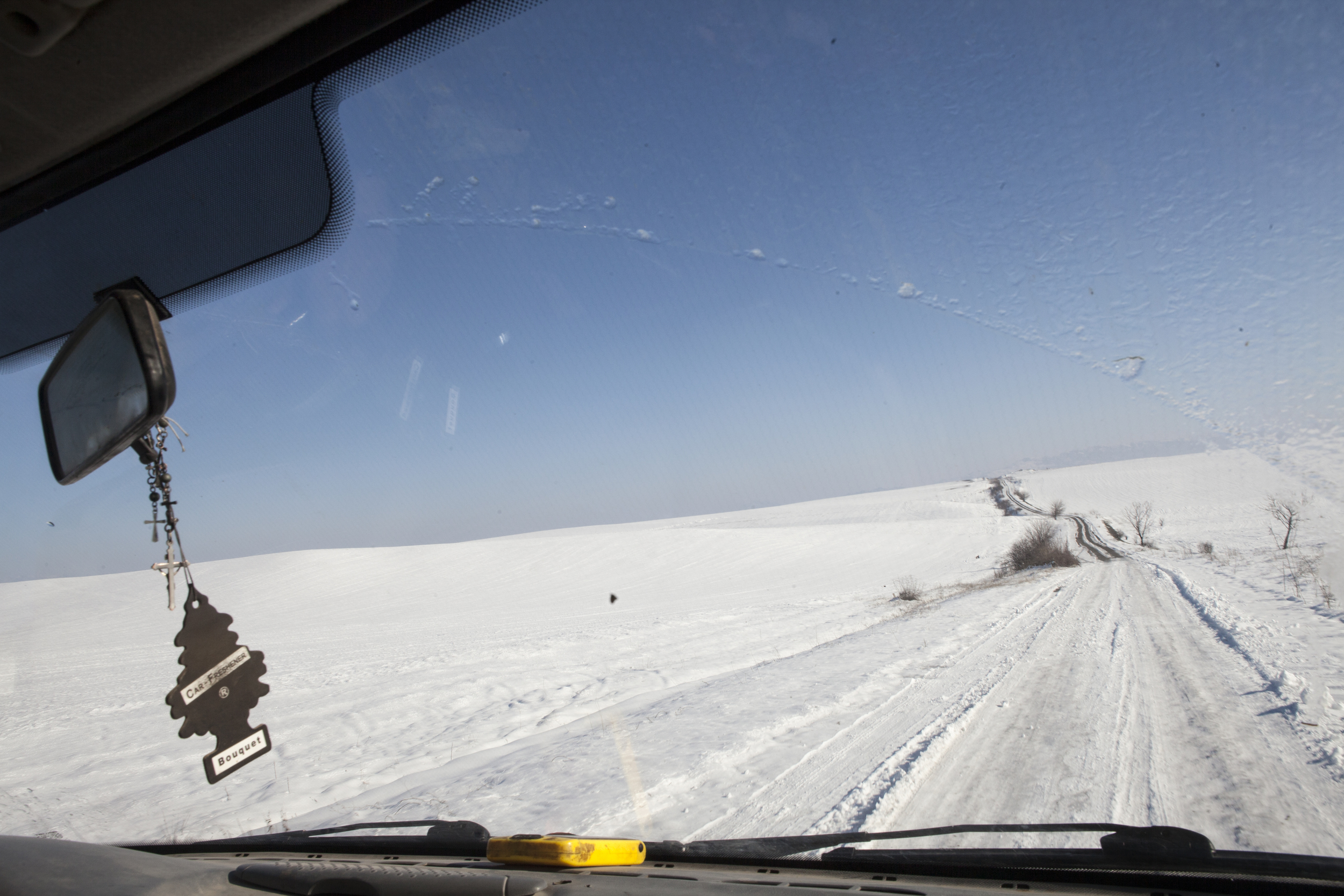
Now, almost 100 years later, in the wake of an escalating civil war, Syrian-Armenians find themselves caught in the middle of deadly clashes between President Assad’s forces and rebel fighters. The children and grandchildren of Armenians who once took shelter in Syria, are now fleeing again, this time to the Republic of Armenia, seeking refuge in a "homeland" they have never known.
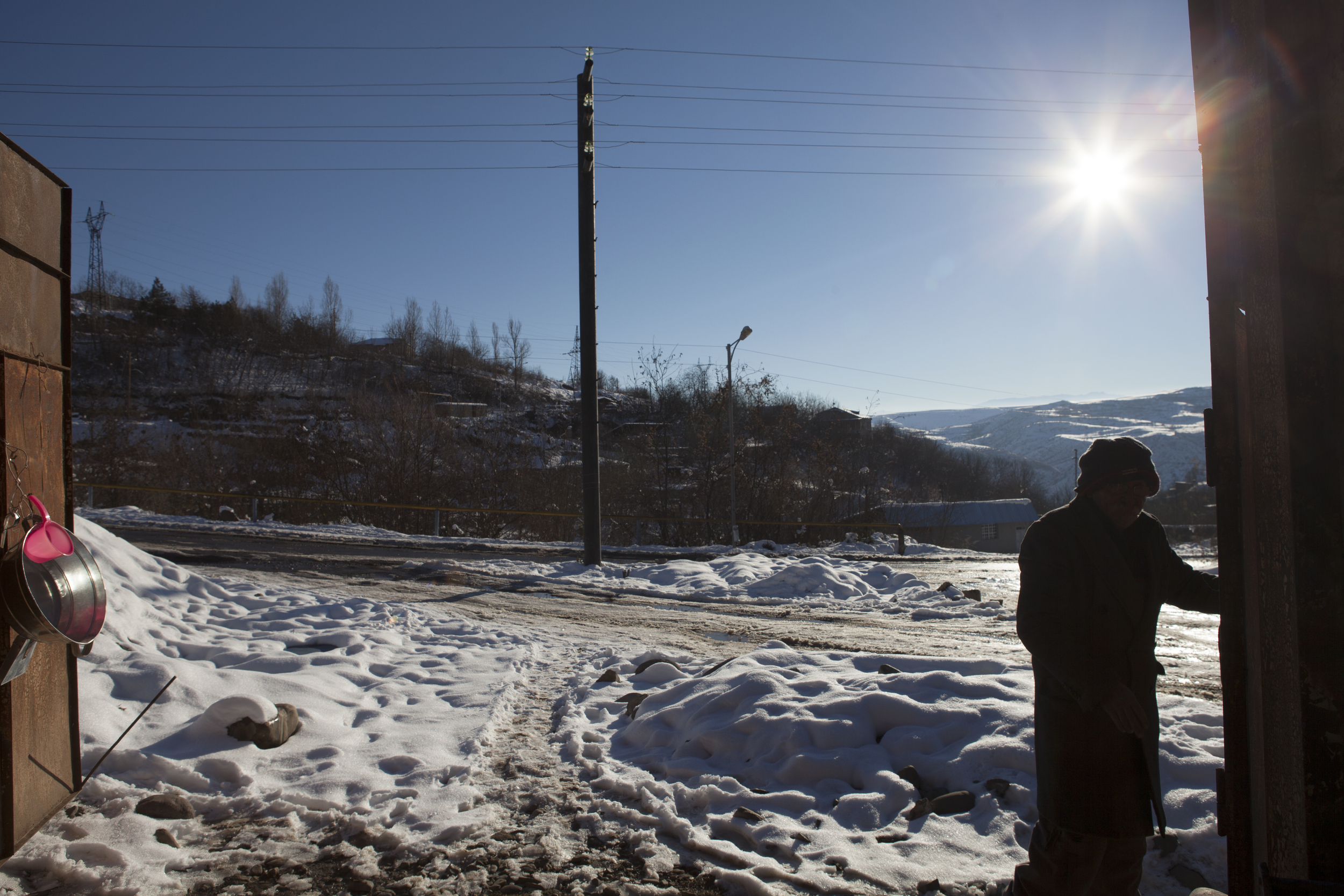
The first set of refugees arrived in 2012 with the belief that they would soon return home to Syria. But two years later, going back is no longer an option. The Armenian Government has provided them with some financial, medical, educational and legal assistance. However, differences in dialect, culture, and above all else, lack of jobs, have made integration into Armenia a challenge.
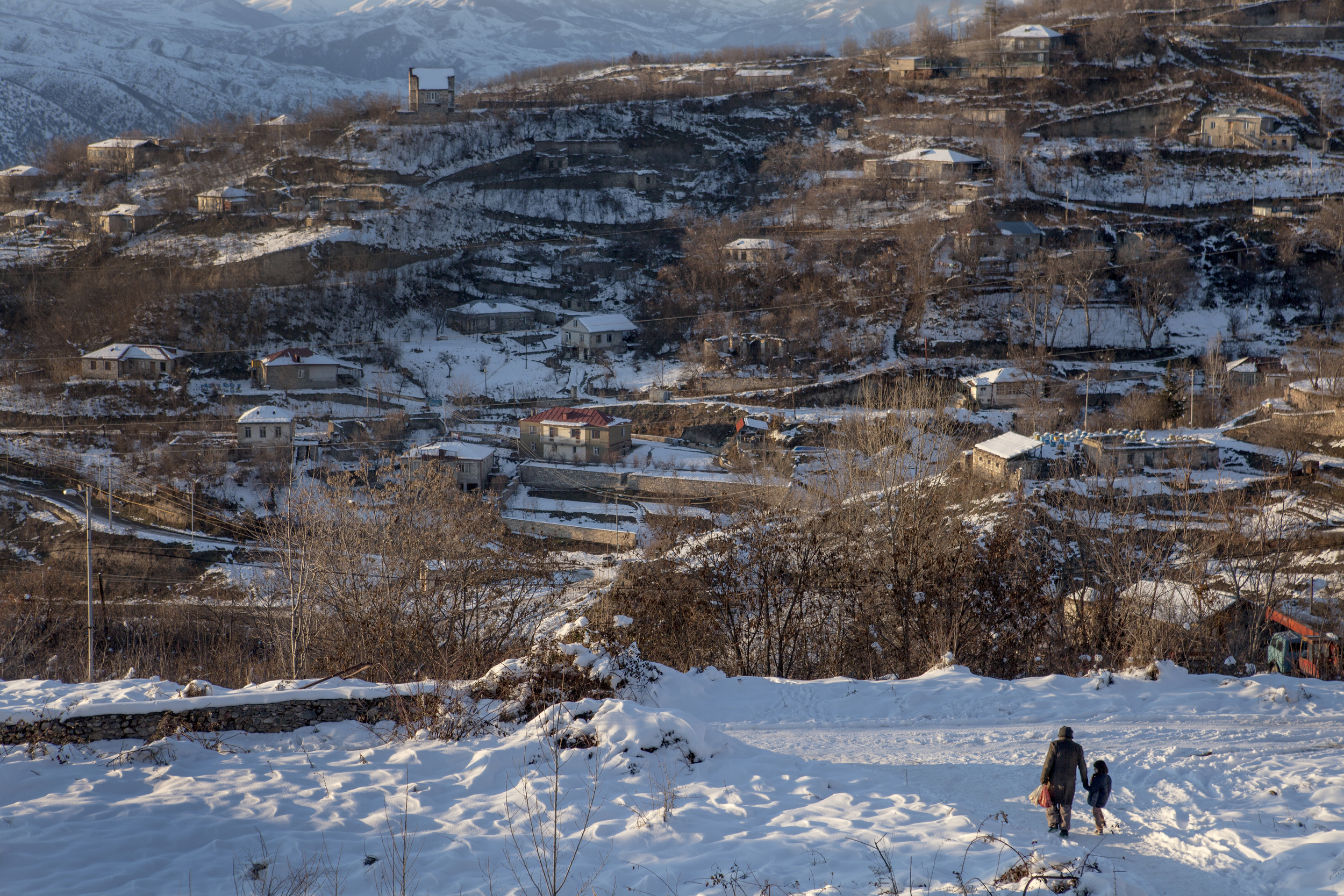
The majority try to find a way to Europe or the US, with a few who see moving to Armenia and neighboring Nagorno-Karabakh as an opportunity to settle in their homeland. Syria’s three year civil war has resulted in more than 2.5 million refugees.
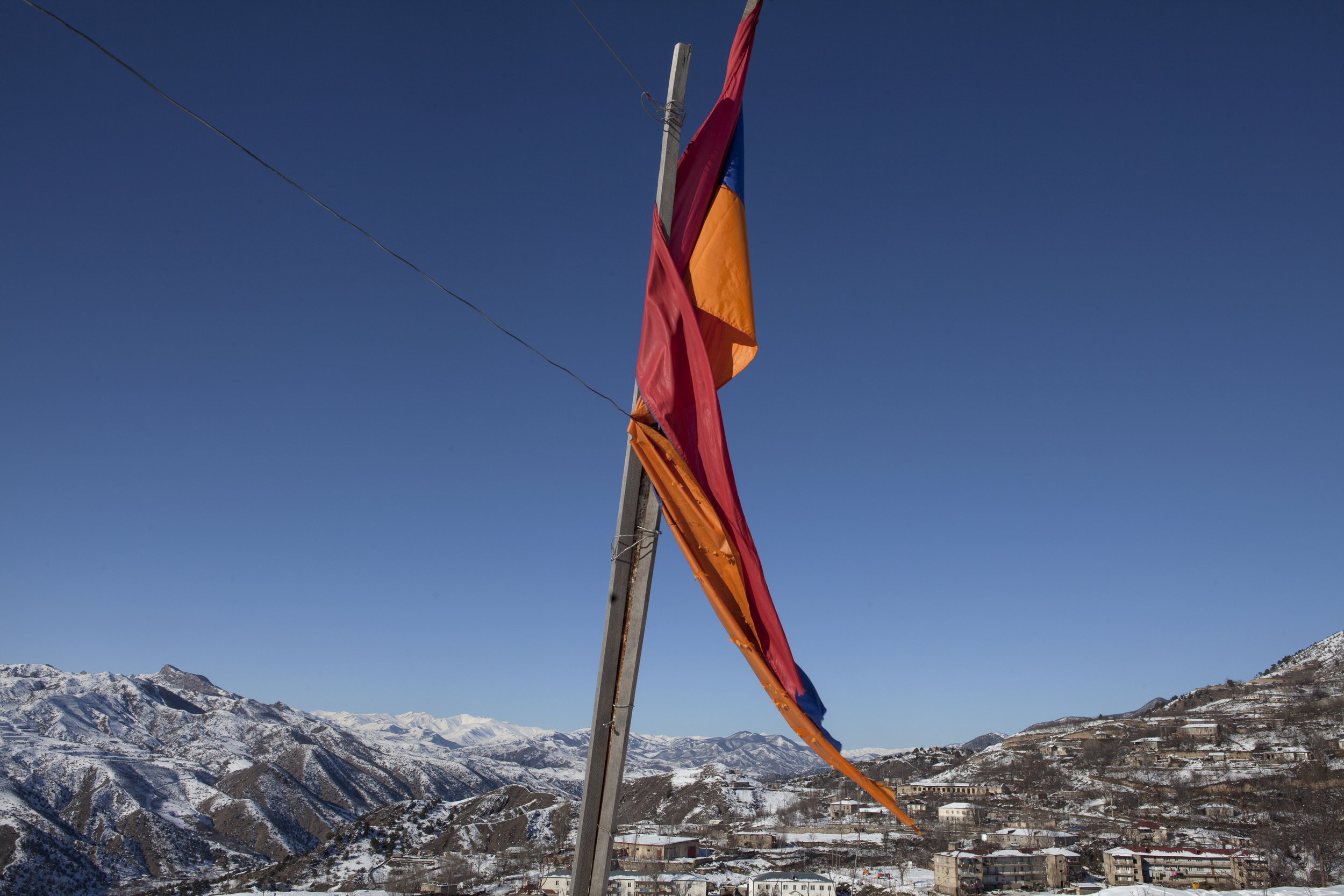
Approximately 30,000 Armenians have been displaced by this tragedy. Those living in Armenia today number around 10,000. Eleven thousand moved to neighboring Lebanon, and another 10,000 have sought asylum elsewhere.
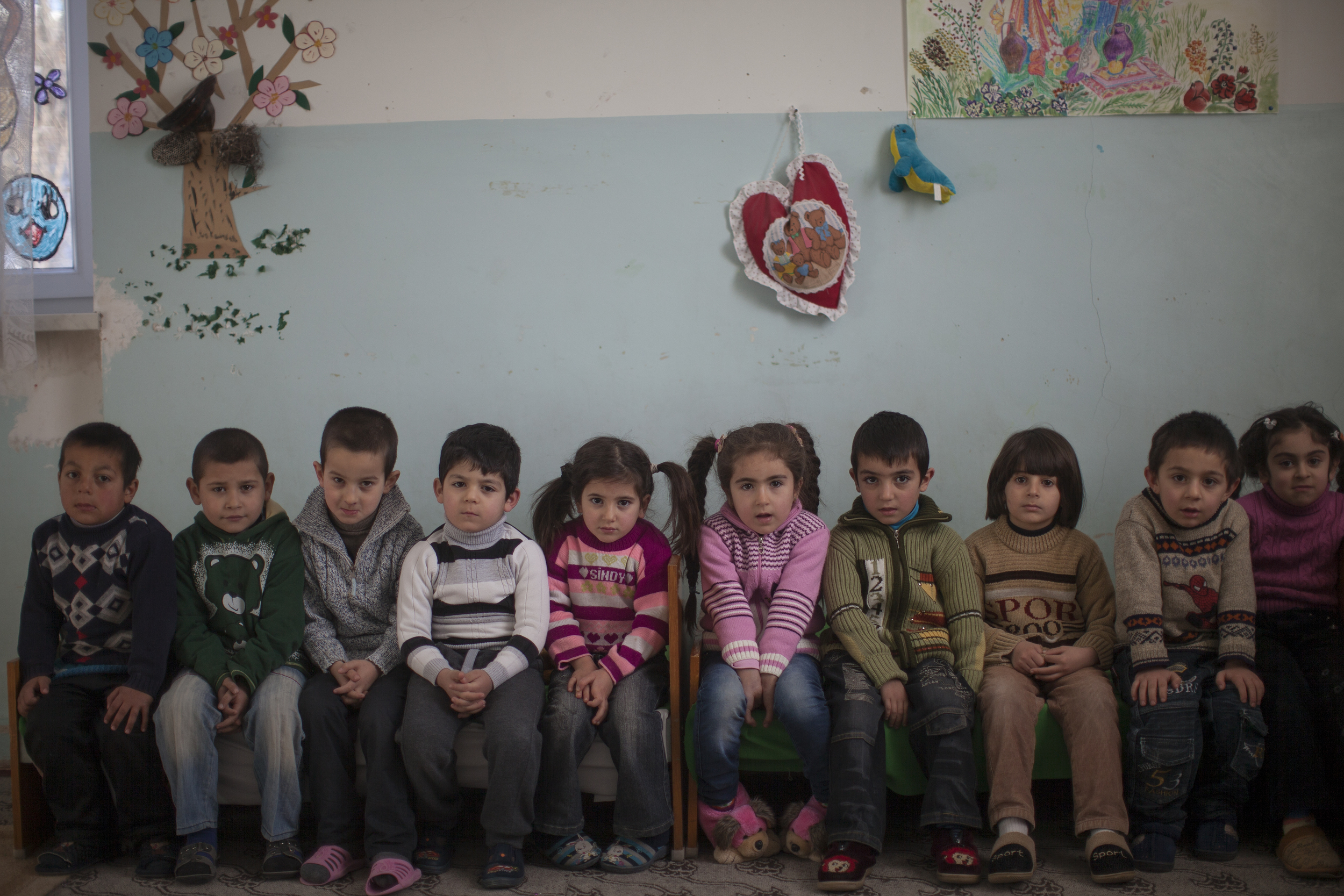
A number of Syrian-Armenian families relocated to the Kashatagh region of Nagarno-Karabakh, a disputed mountainous territory between Armenia and Azerbaijan.
Five year-old Avo, third from right, is the only Syrian-Armenian in his kindergarten.
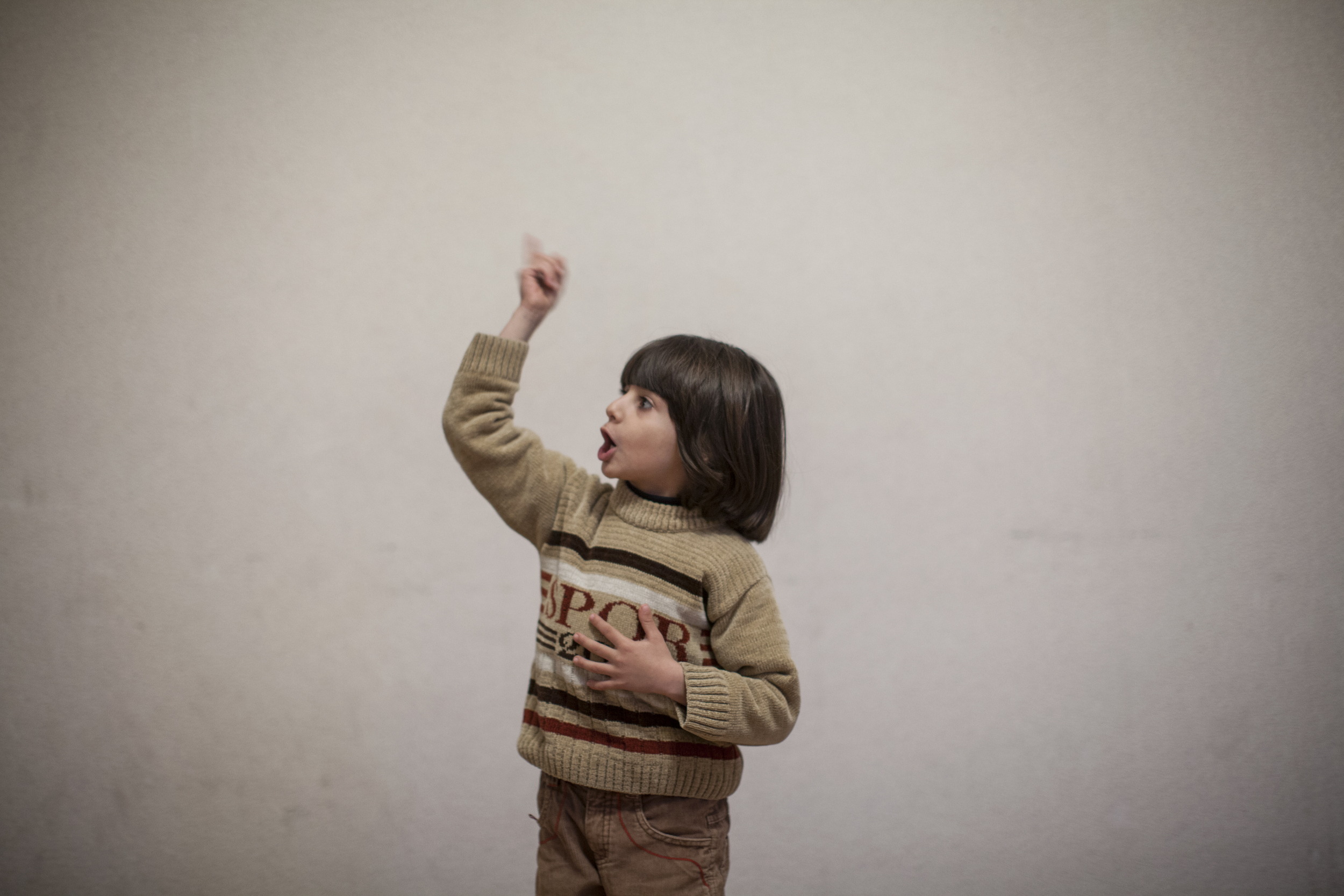
Avo recites his frist poem in Armenian.
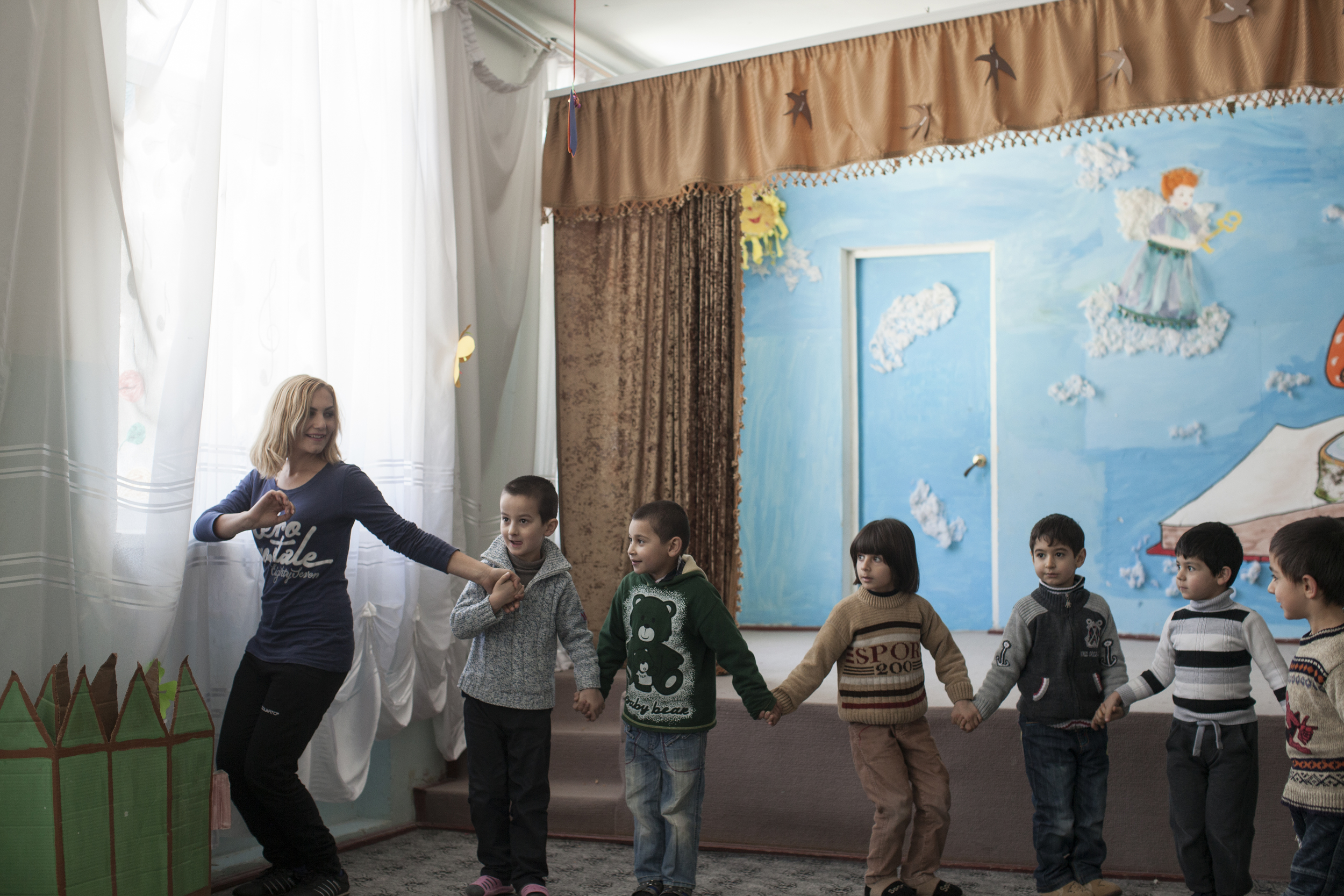
Avo and his classmates practice traditional Armenian dance at school.
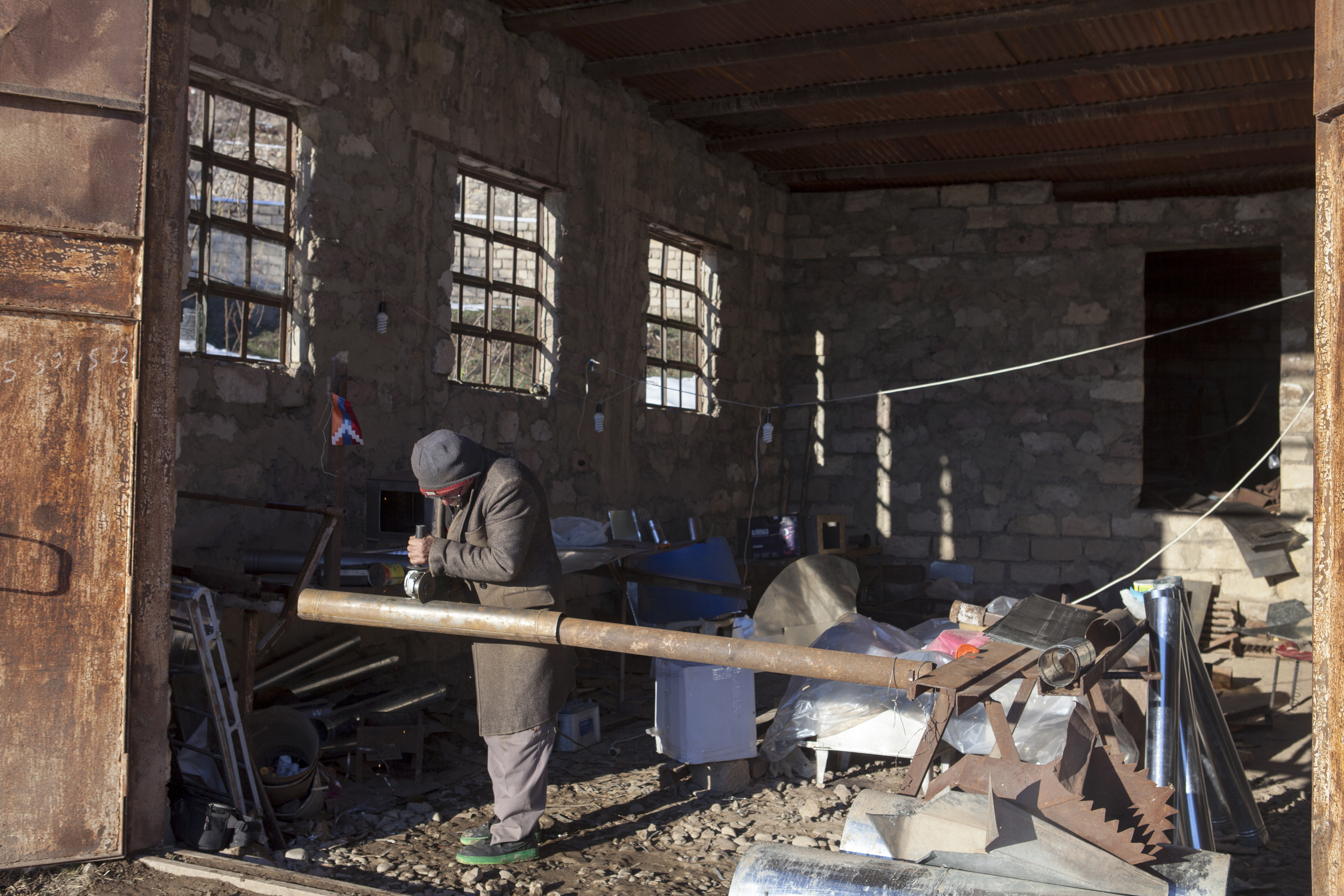
Sebouh, Avos's father, in his workshop where he makes stoves and stovepipes.
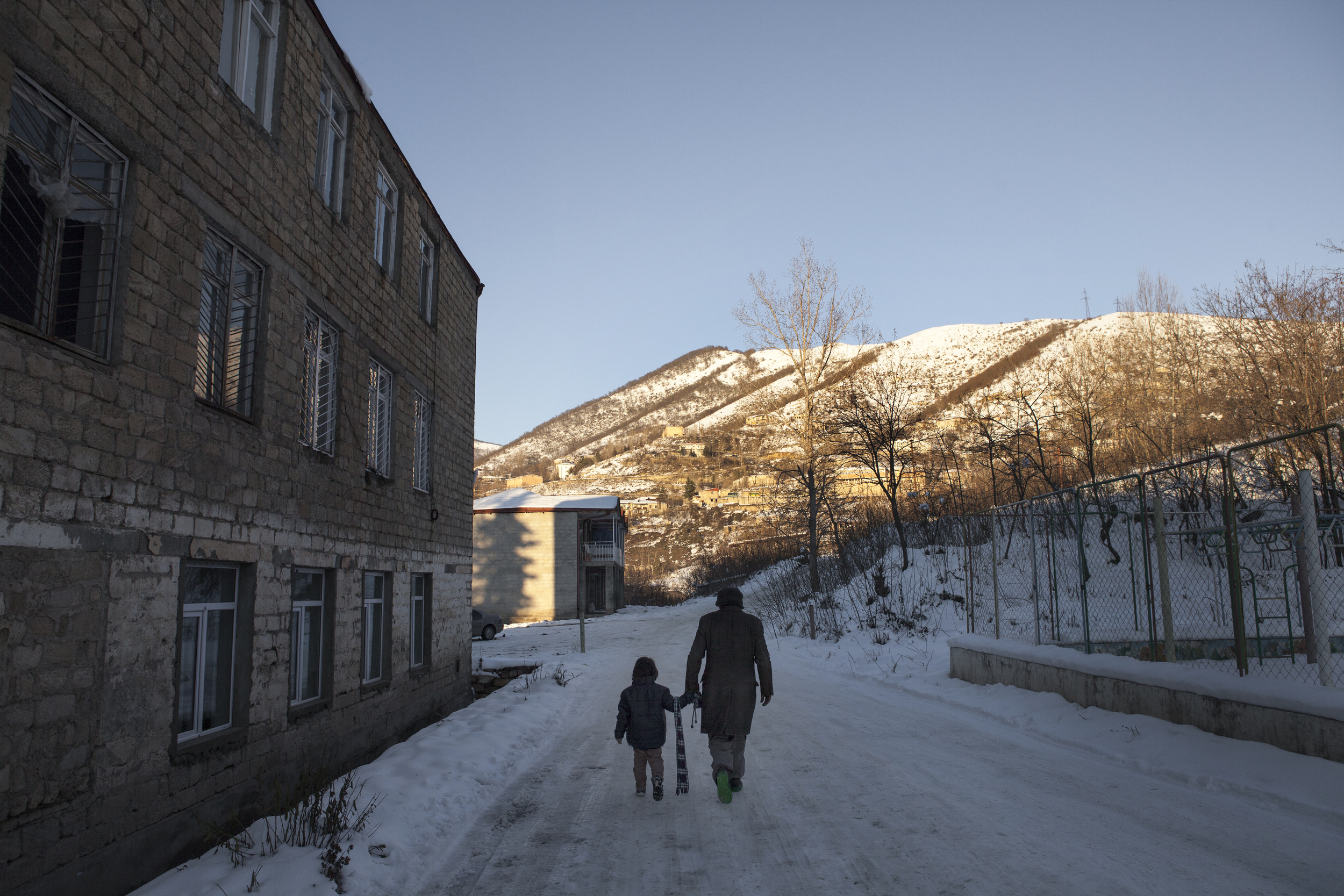
Sebouh walks Avo home from school.
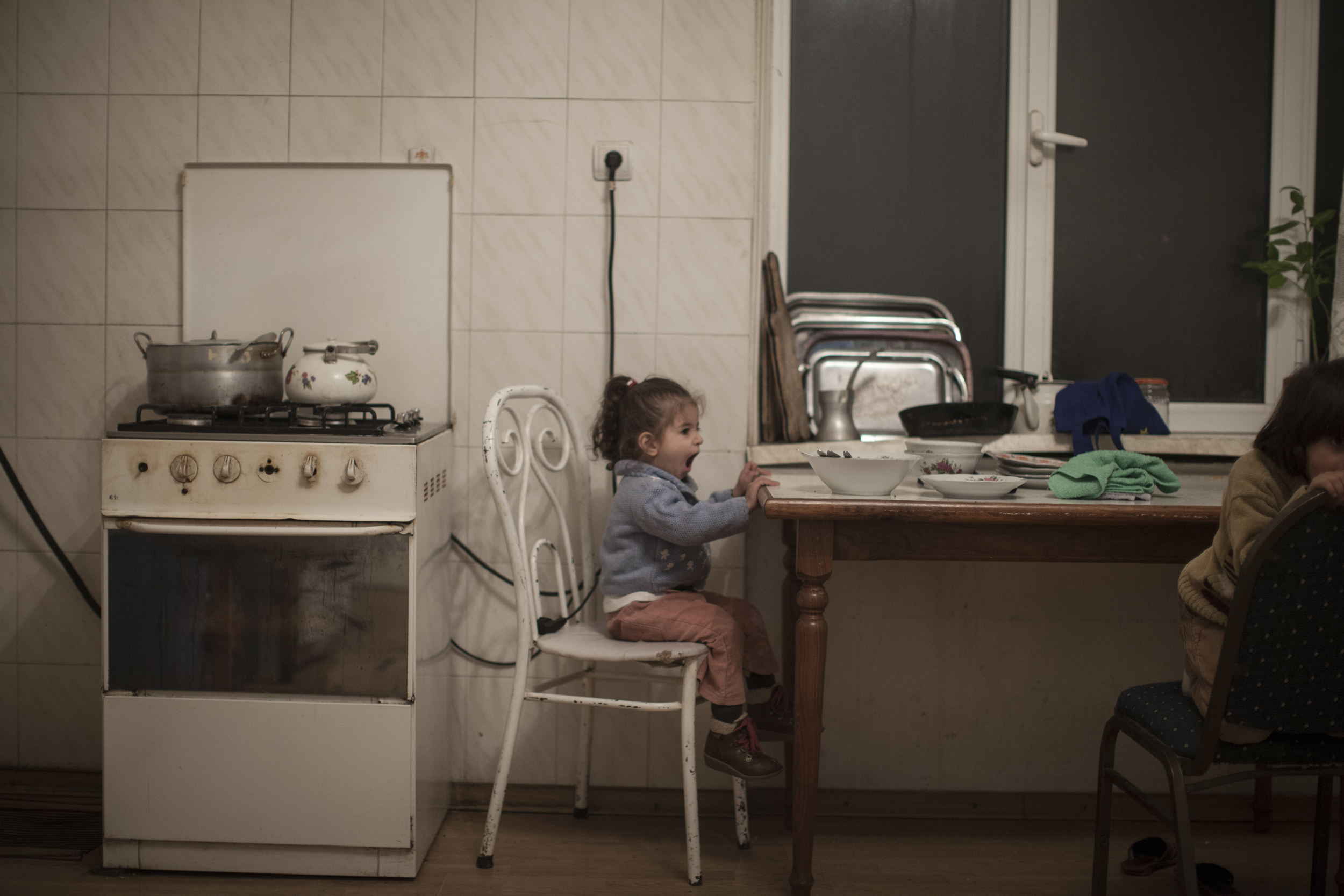
A young Syrian-Armenian girl in the kitchen of a building shared with a number of Syrian-Armenian families.

As of August 2013 this region of Karabakh has housed 43 Syrian-Armenian families.

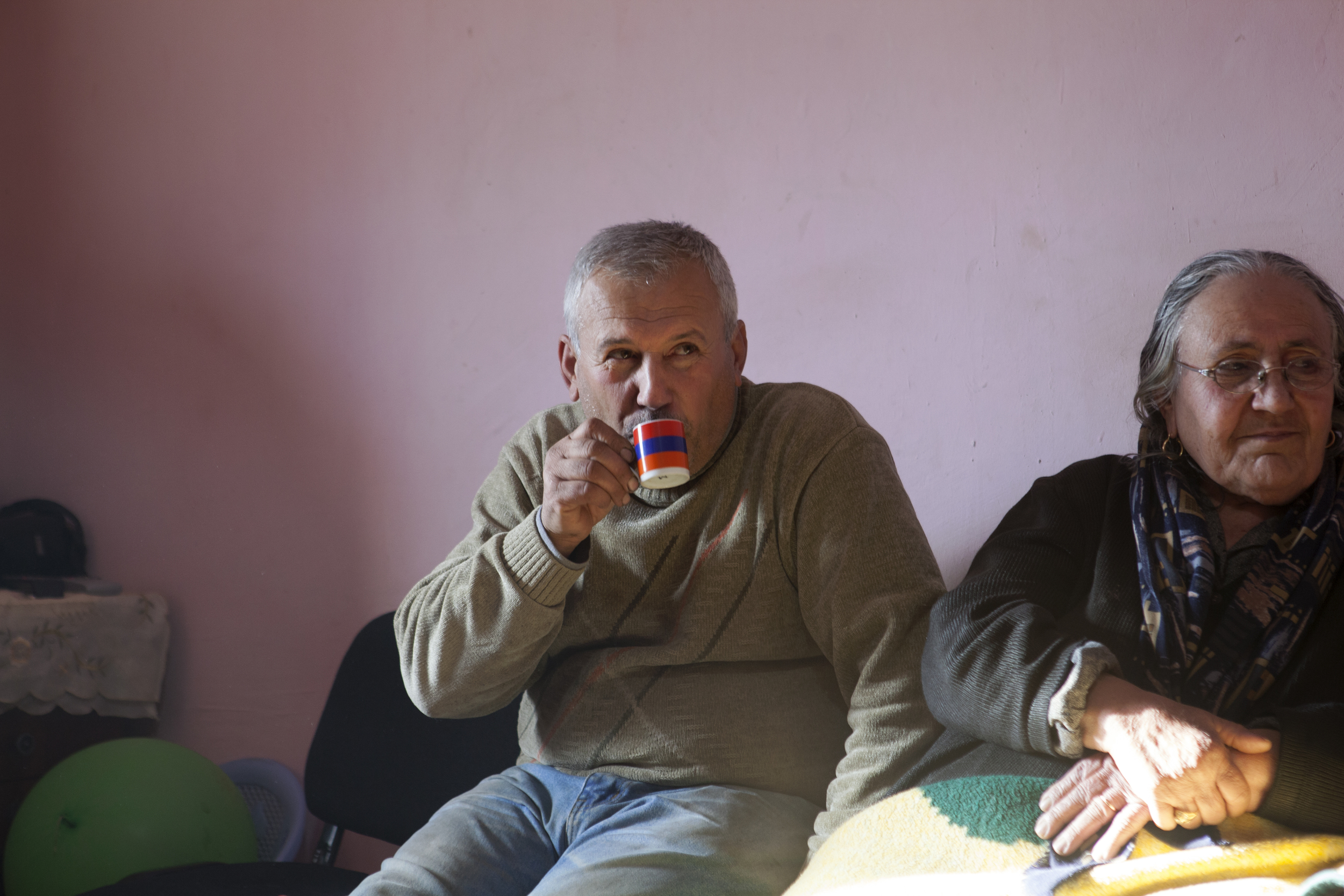
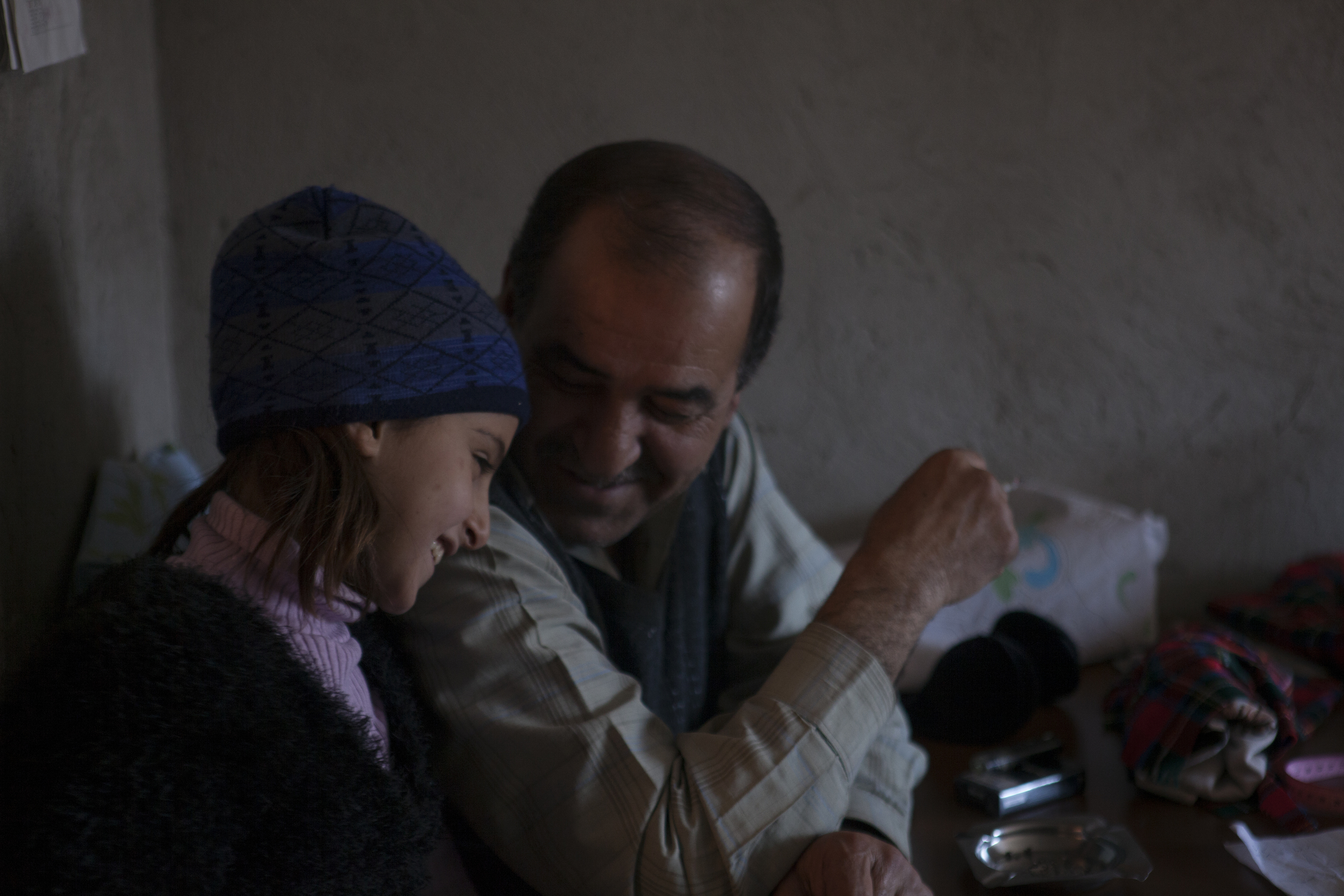
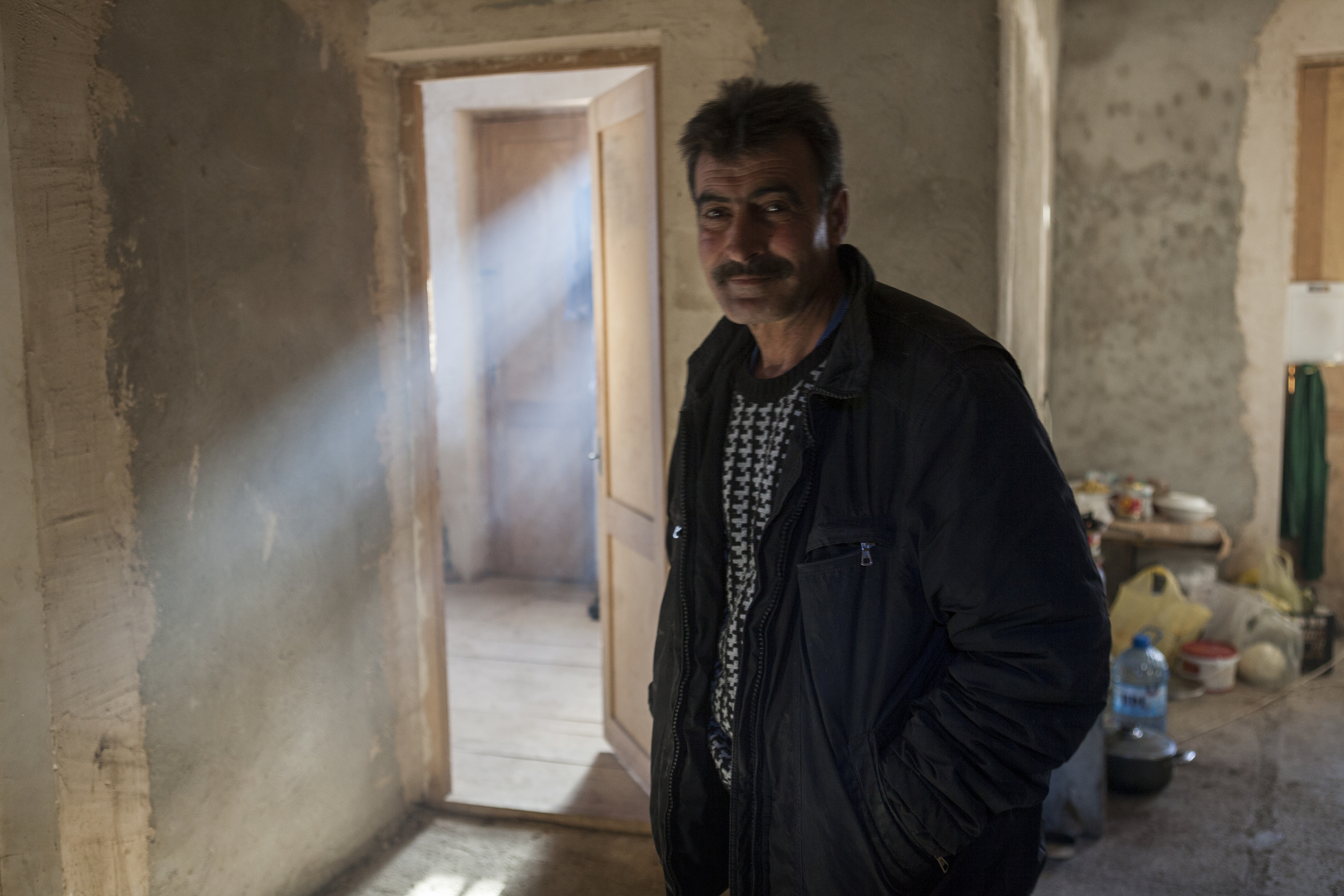
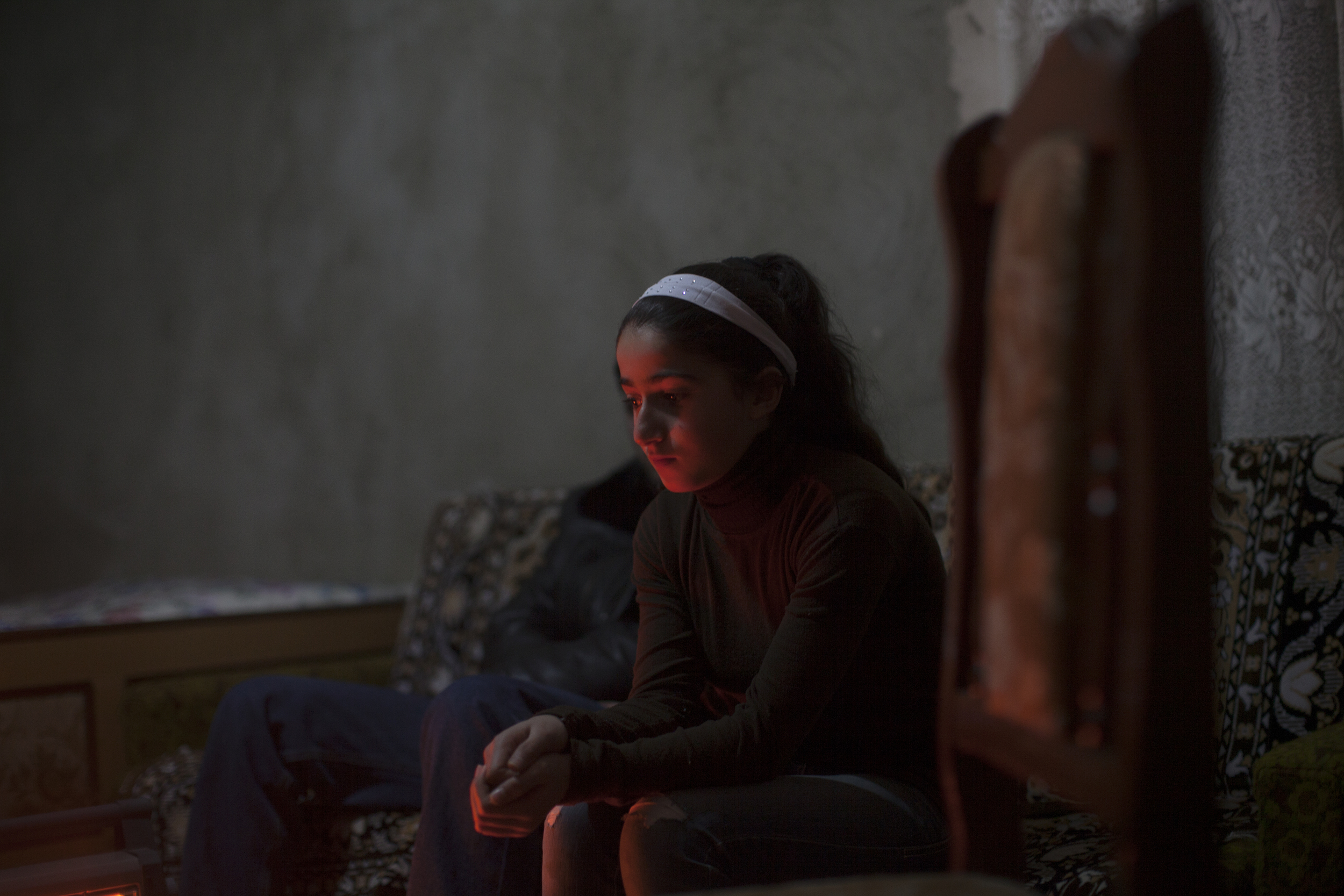
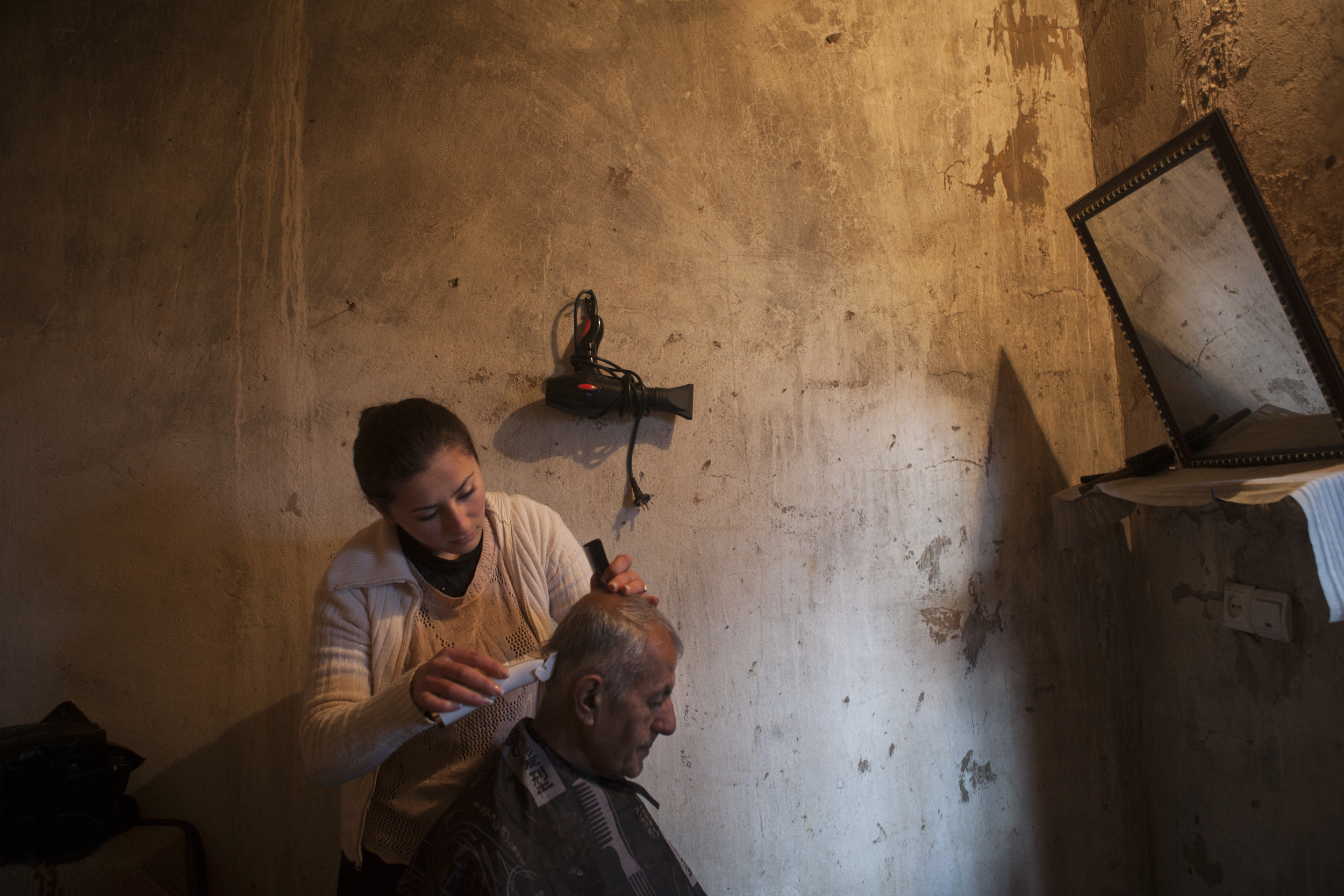
A displaced Syrian-Armenian gets his hair cut at a local's home turned makeshift barber shop.

Jirair Donabedian is one of the original Syrian-Armenians to move to Nagorno- Karabakh, even before war broke out in Syria.
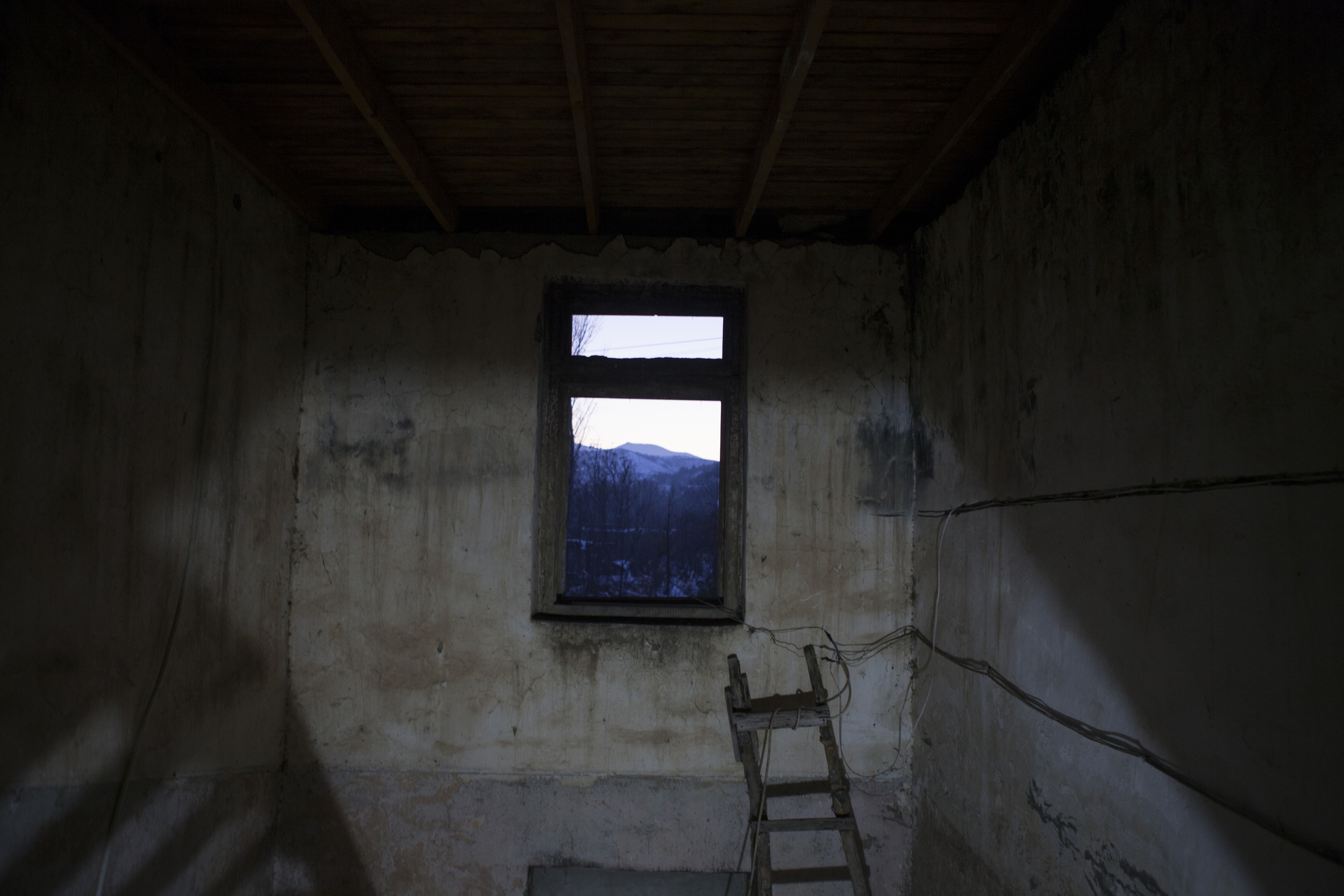
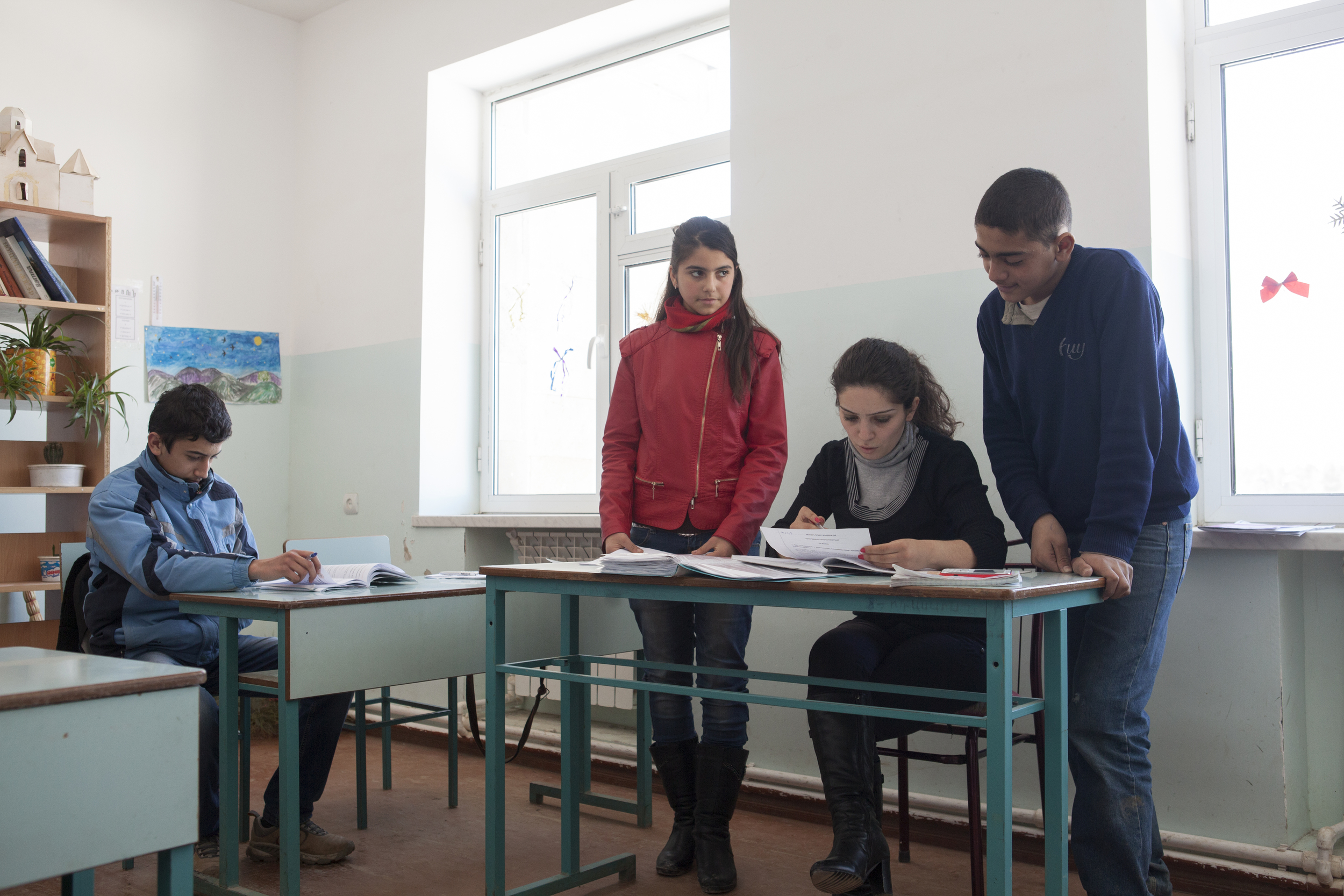
A Syrian-Armenian teenager (dressed in blue) among local classmates in the Kashatagh region of Nagorno-Karabakh.
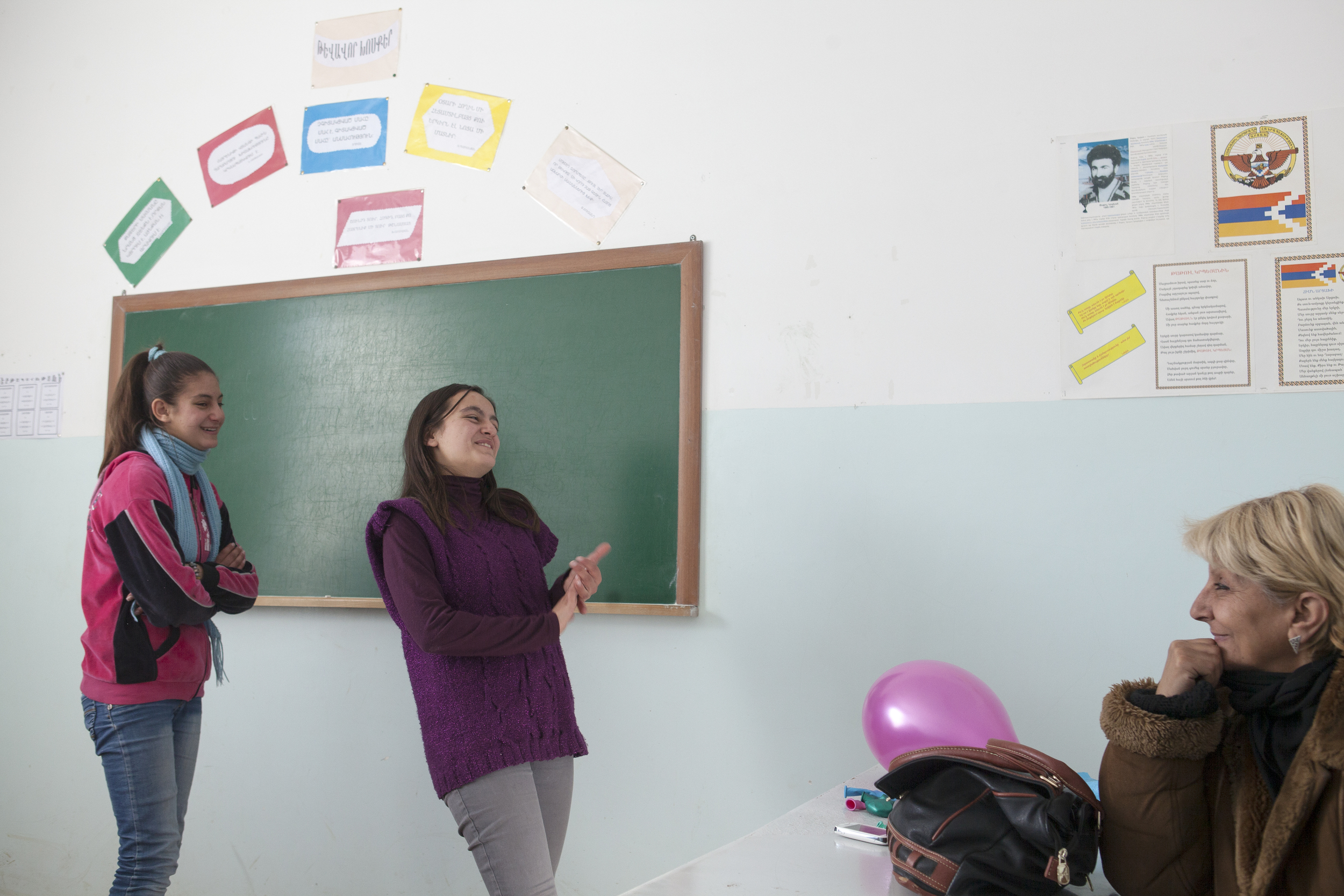
Syrian-Armenian students rehearse for their school play.

Many Syrian-Armenians fled to Yerevan - Armenia's capital. A father and daughter sit together in an apartment donated by the Catholic Church for the most desperate.
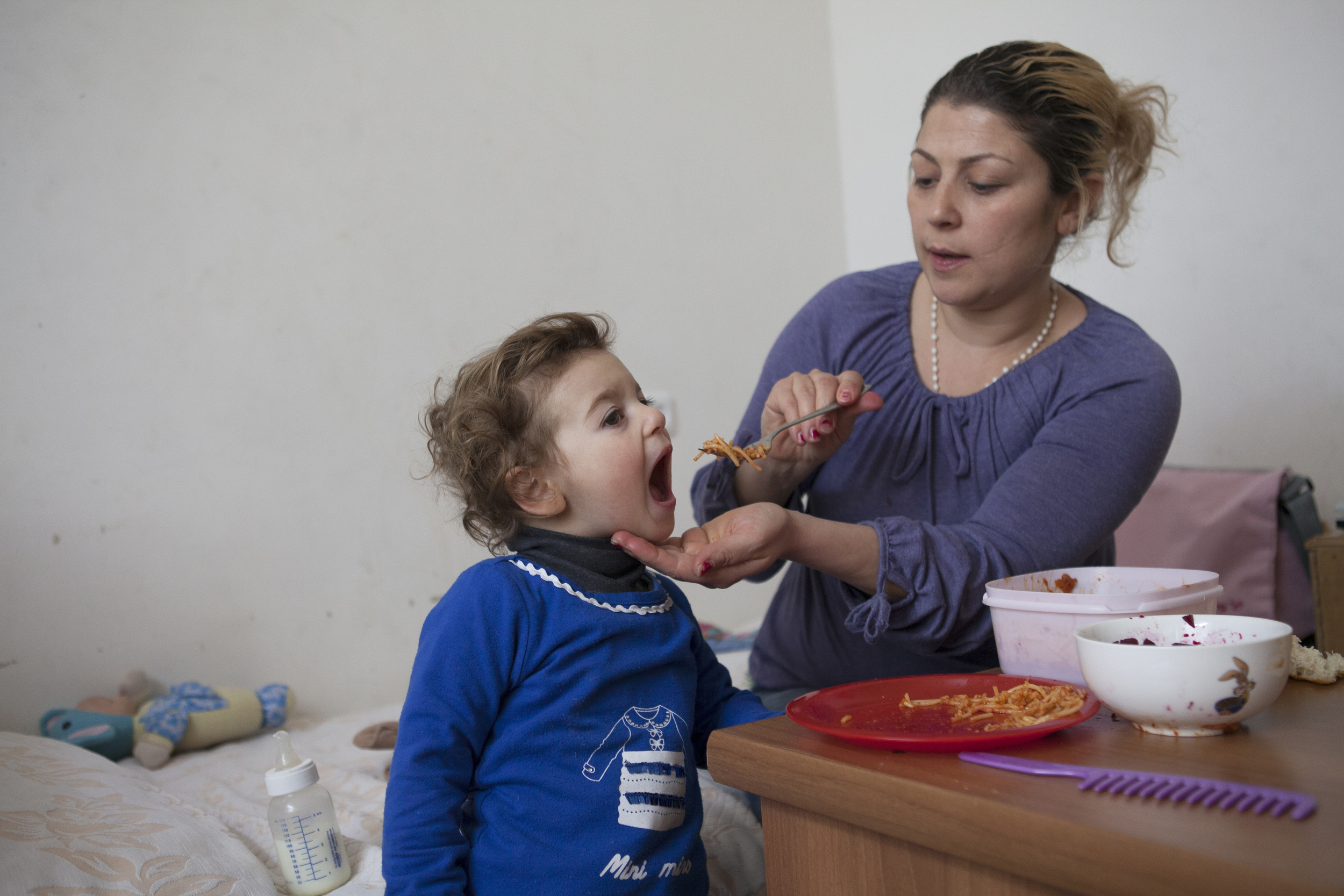
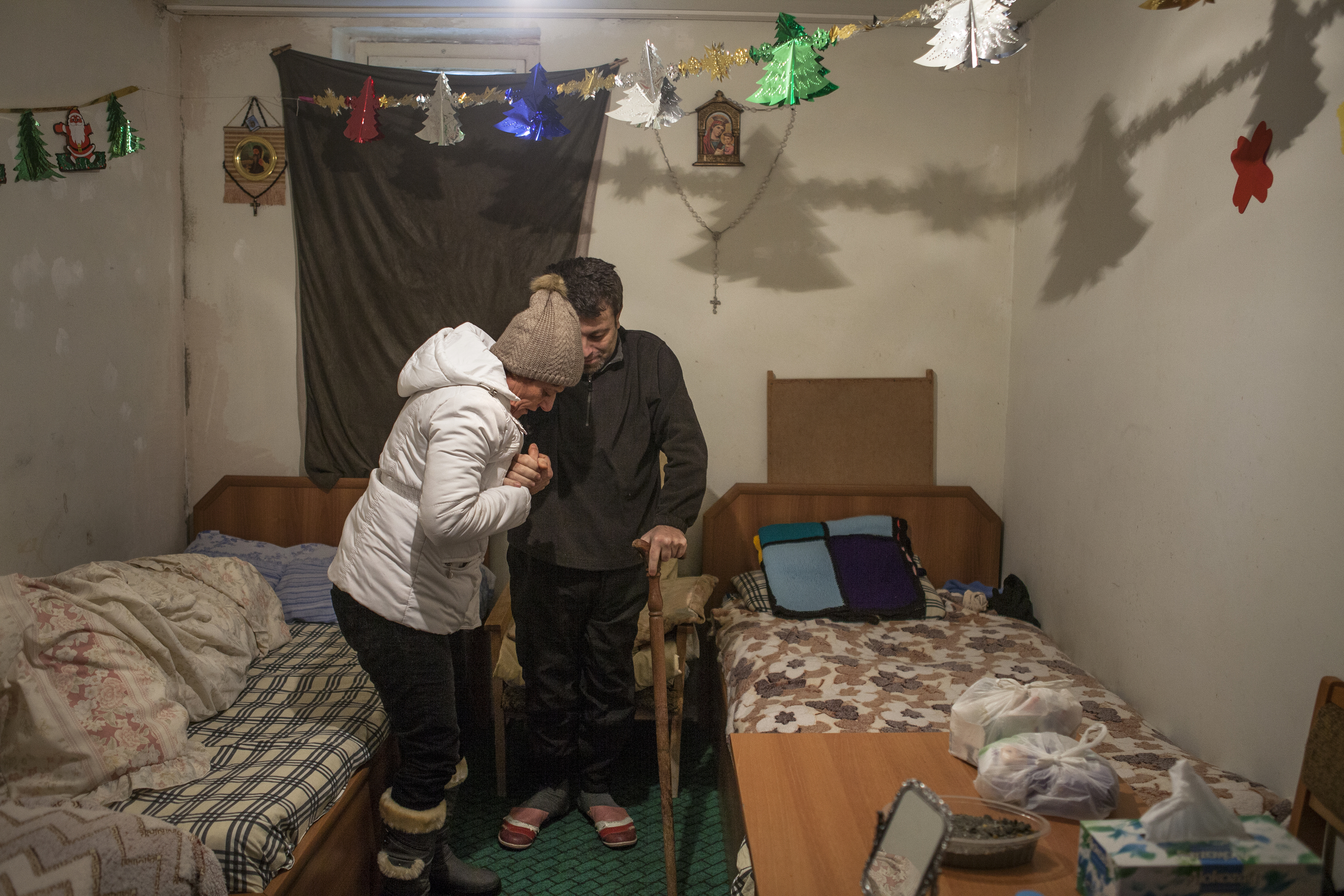
A displaced Syrian-Armenian helps her bedridden adult son walk to the bathroom in a house provided by the Catholic Church for Syrian-Armenians with the most need for assistance.
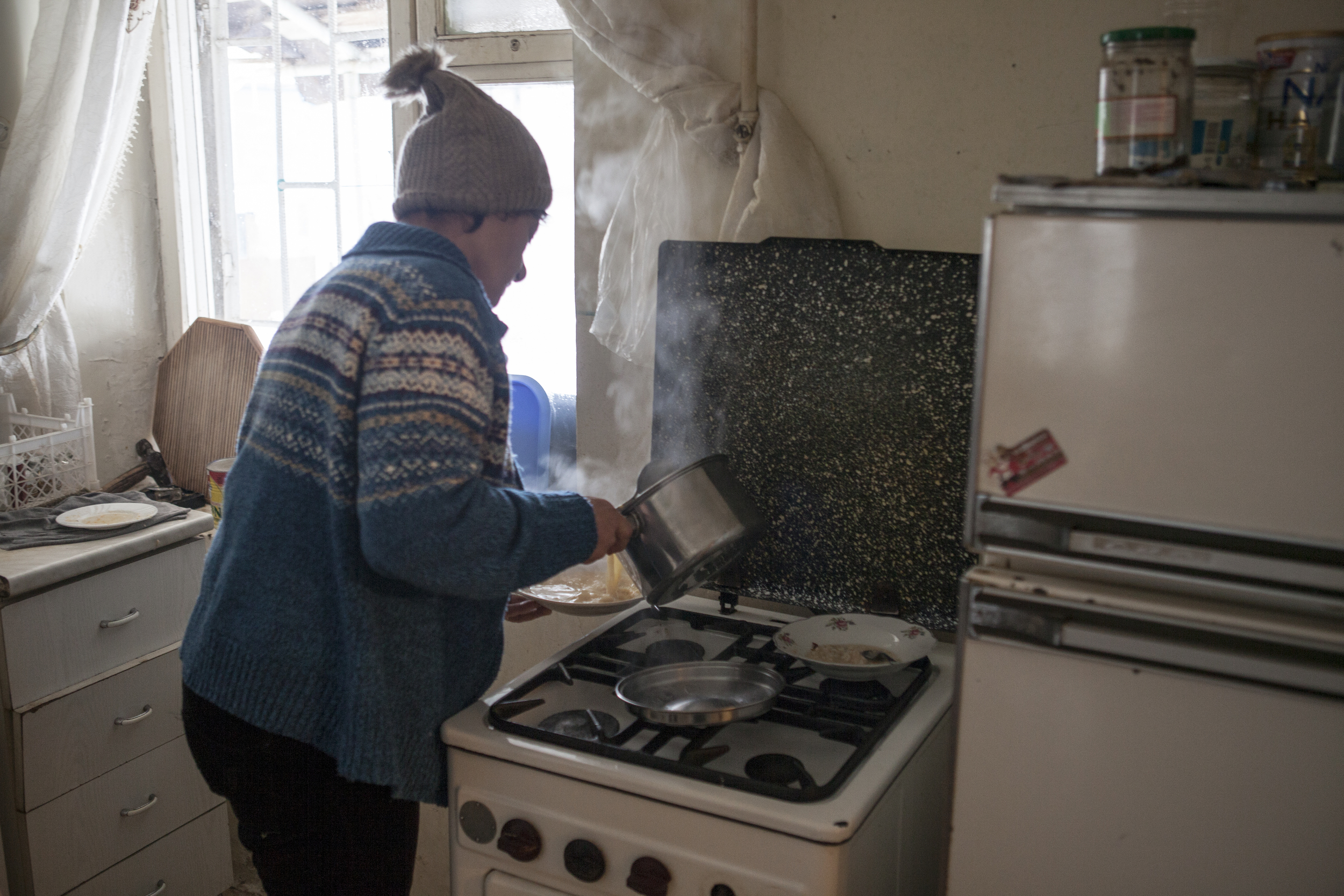
Without a husband she is the primary caretaker of her two children.


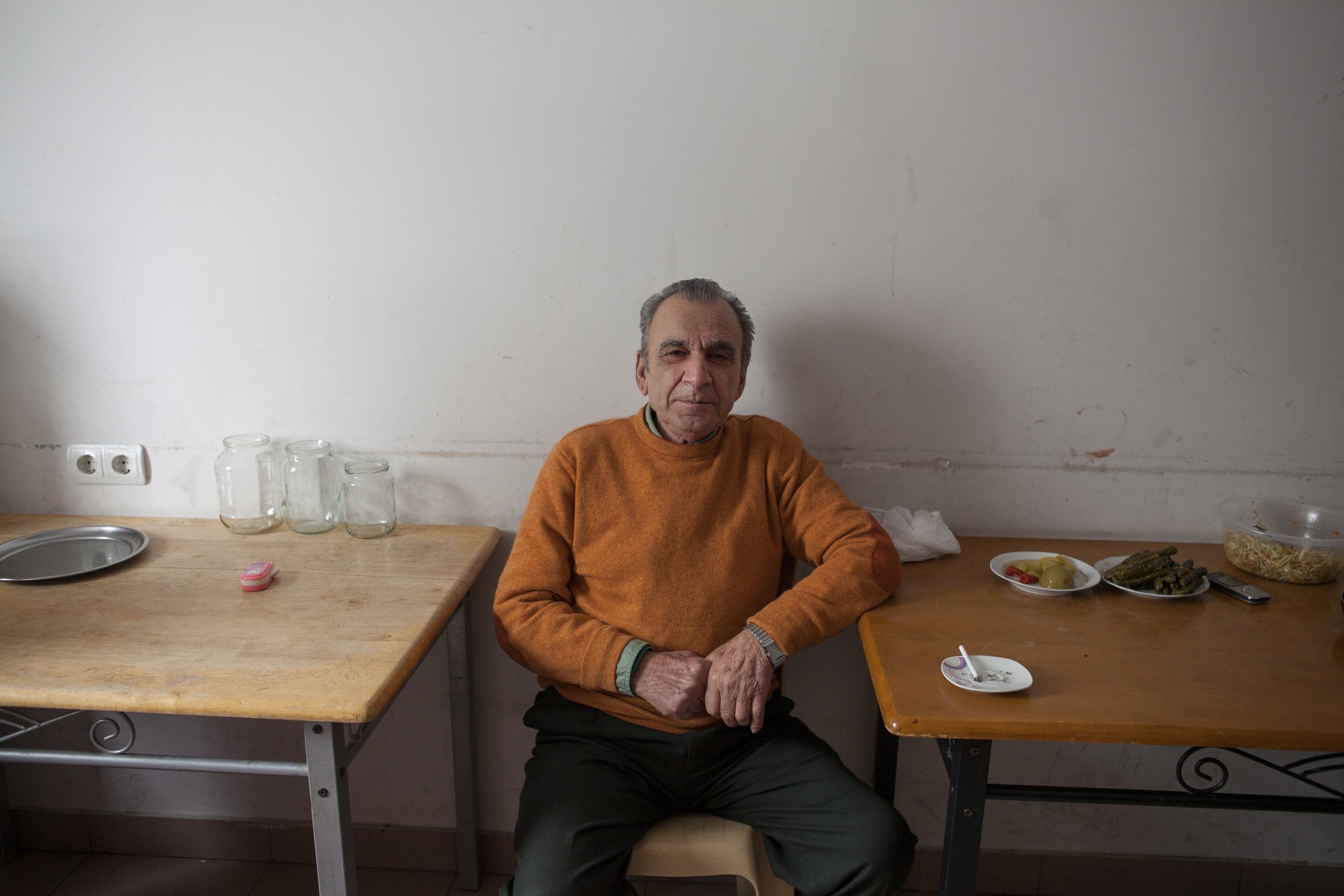
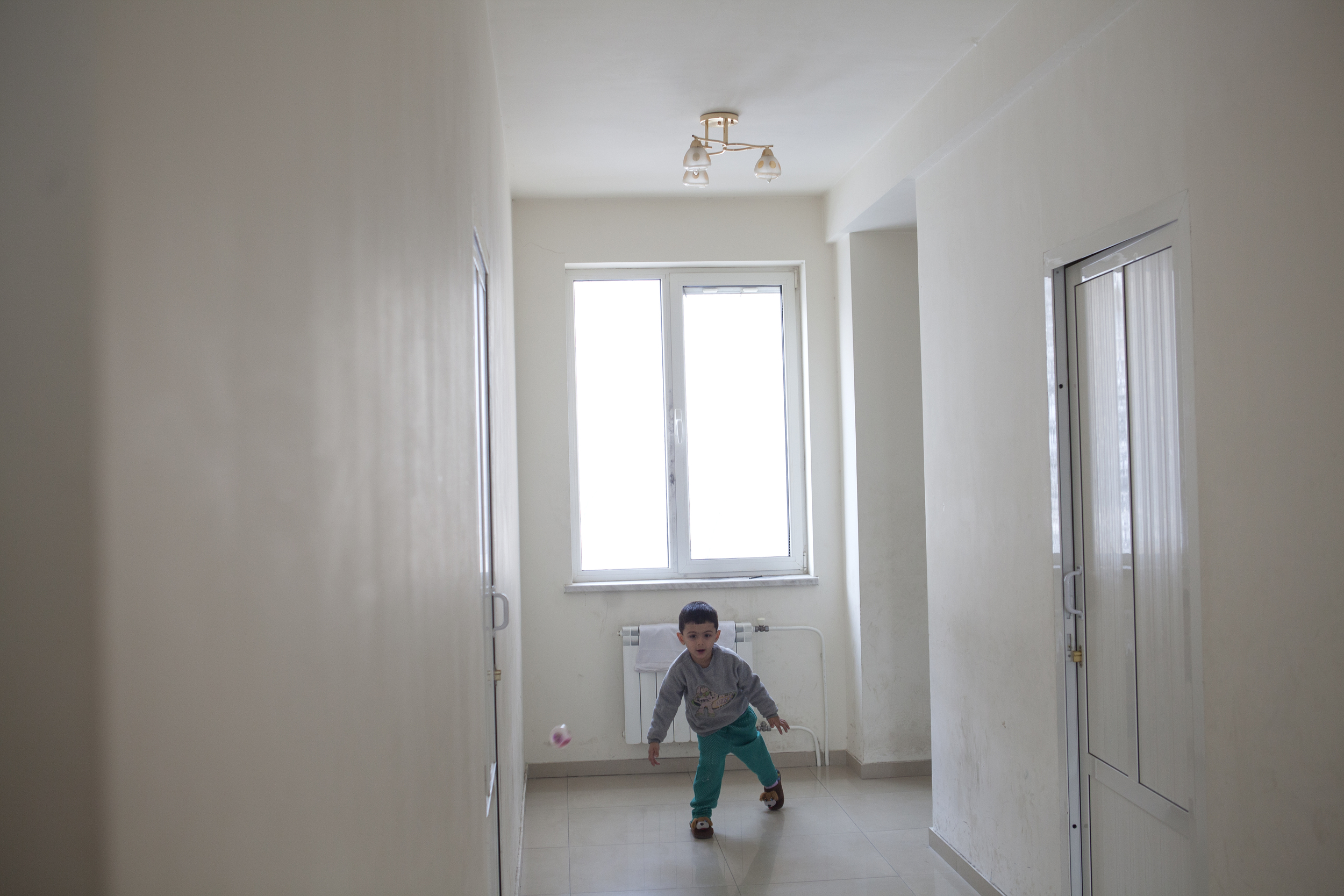
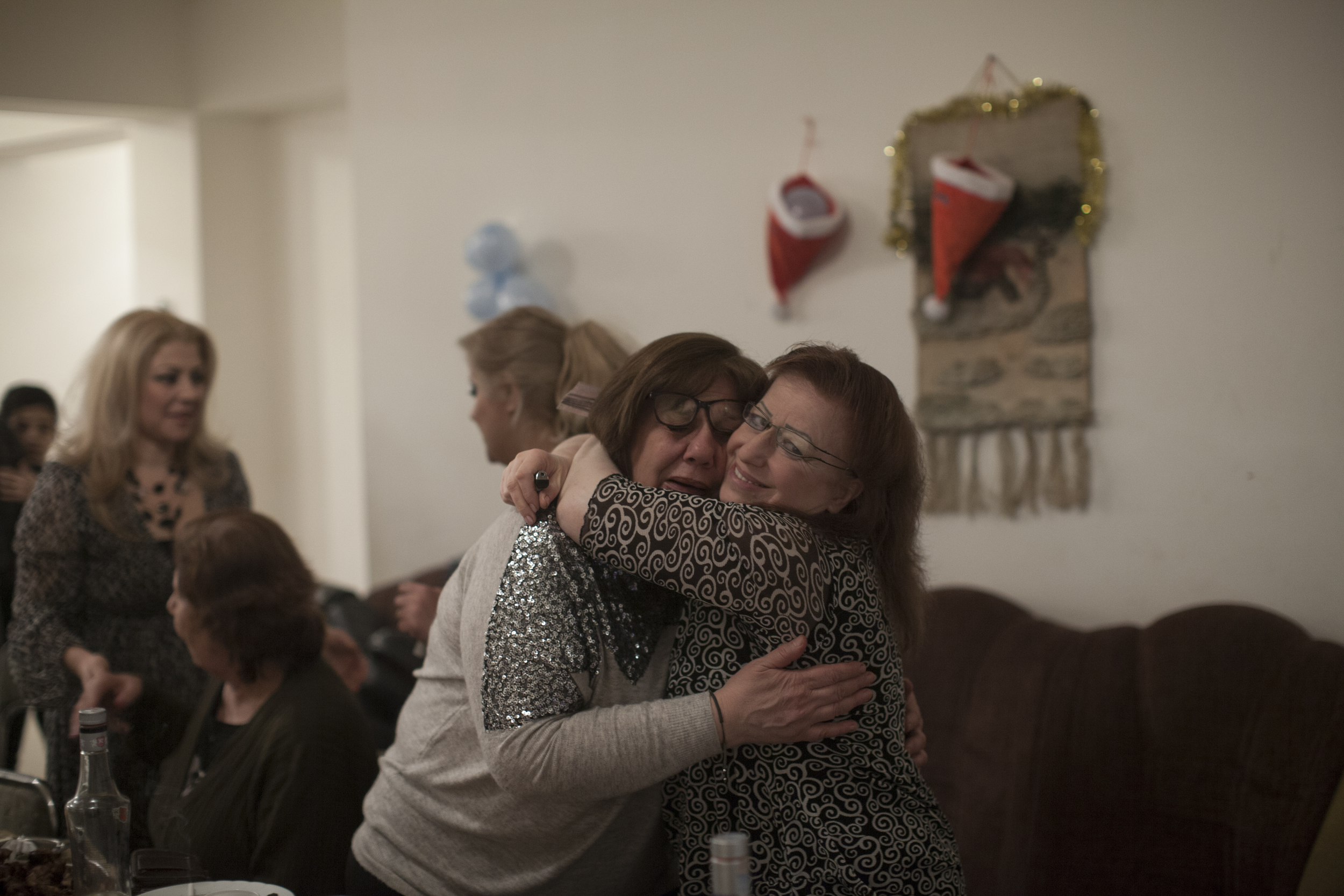
Far from home, New Year's celebrations were bittersweet for many Syrian-Armenians.
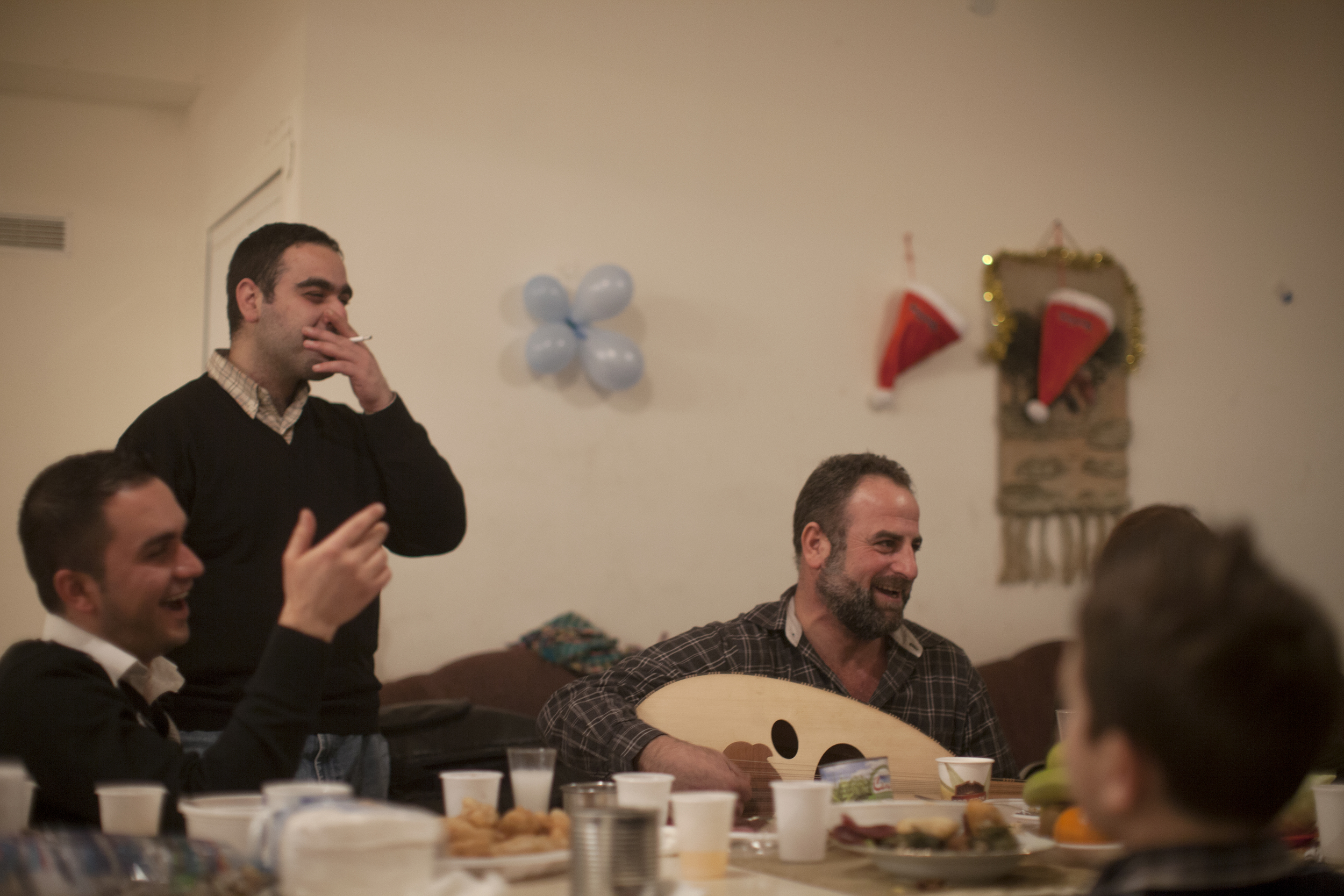
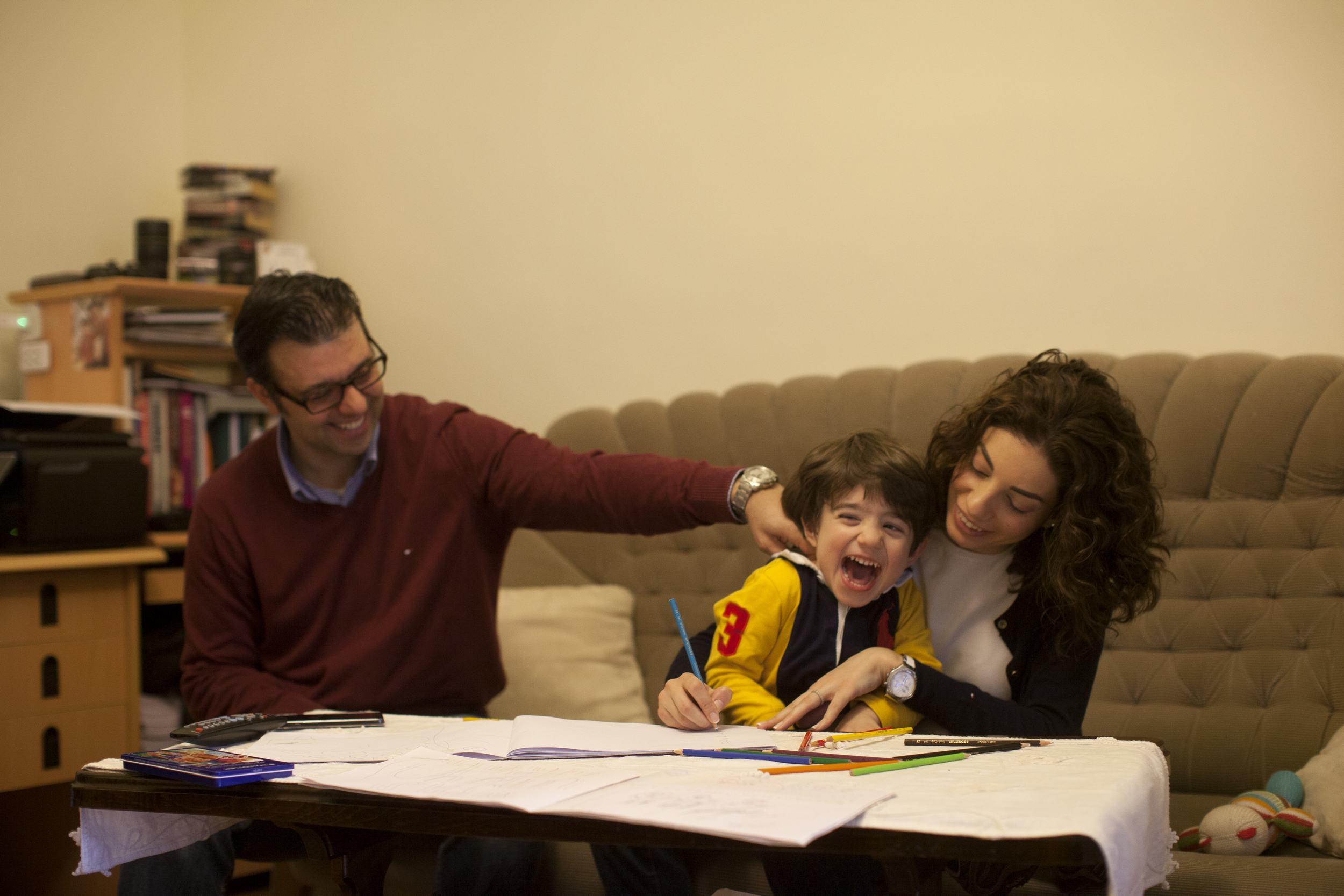
For some of the younger Syrian-Armenians, integrating into Armenia's culture and finding work has been easier.
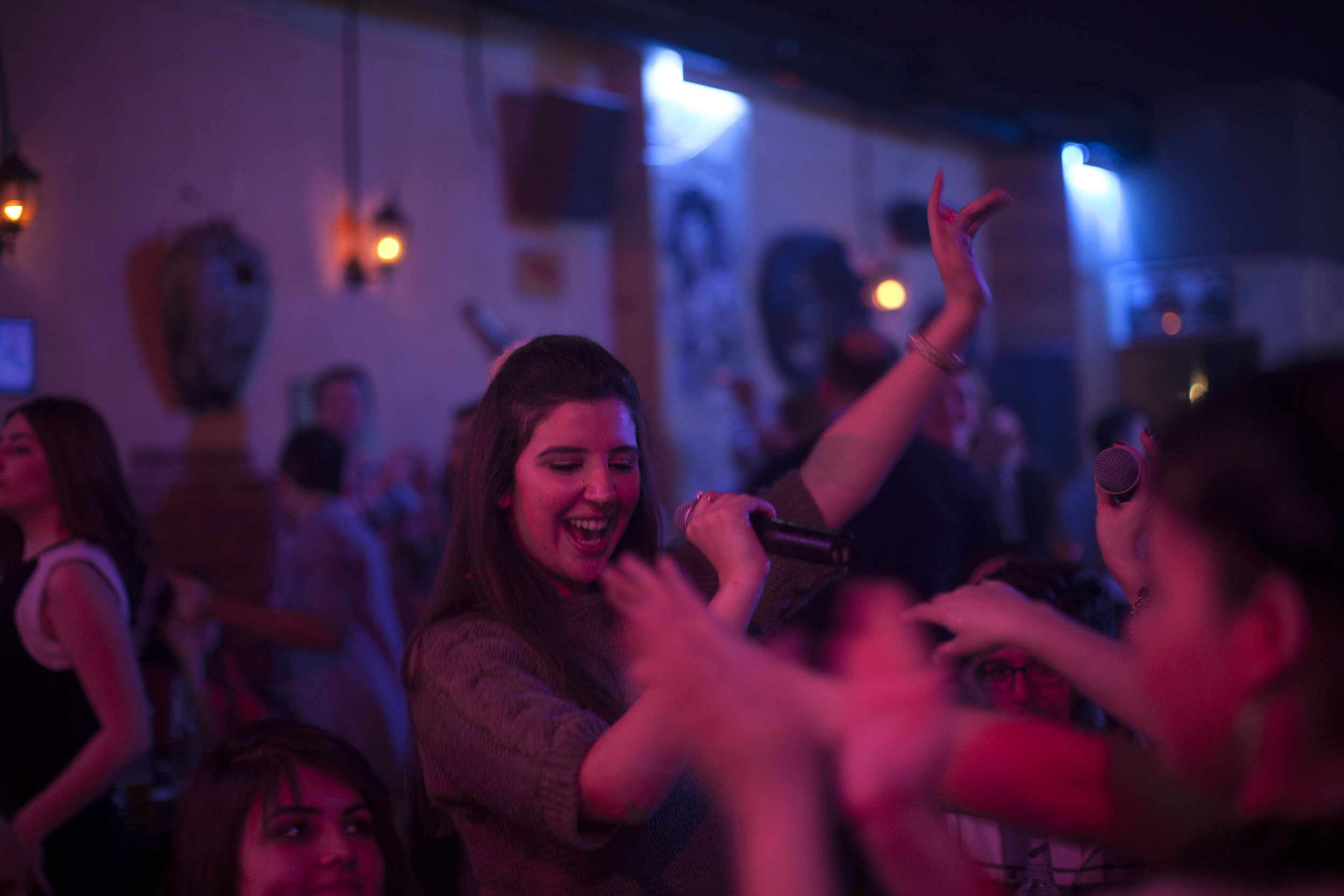


































Displaced Syrian Armenians - In 1915 Syria became a safe haven for approximately 20,000 Armenians fleeing Western (historic) Armenia during the genocide. Over the years, the Armenian population in Syria grew into a vibrant community of approximately 100,000.
Now, almost 100 years later, in the wake of an escalating civil war, Syrian-Armenians find themselves caught in the middle of deadly clashes between President Assad’s forces and rebel fighters. The children and grandchildren of Armenians who once took shelter in Syria, are now fleeing again, this time to the Republic of Armenia, seeking refuge in a "homeland" they have never known.
The first set of refugees arrived in 2012 with the belief that they would soon return home to Syria. But two years later, going back is no longer an option. The Armenian Government has provided them with some financial, medical, educational and legal assistance. However, differences in dialect, culture, and above all else, lack of jobs, have made integration into Armenia a challenge.
The majority try to find a way to Europe or the US, with a few who see moving to Armenia and neighboring Nagorno-Karabakh as an opportunity to settle in their homeland. Syria’s three year civil war has resulted in more than 2.5 million refugees.
Approximately 30,000 Armenians have been displaced by this tragedy. Those living in Armenia today number around 10,000. Eleven thousand moved to neighboring Lebanon, and another 10,000 have sought asylum elsewhere.
A number of Syrian-Armenian families relocated to the Kashatagh region of Nagarno-Karabakh, a disputed mountainous territory between Armenia and Azerbaijan.
Five year-old Avo, third from right, is the only Syrian-Armenian in his kindergarten.
Avo recites his frist poem in Armenian.
Avo and his classmates practice traditional Armenian dance at school.
Sebouh, Avos's father, in his workshop where he makes stoves and stovepipes.
Sebouh walks Avo home from school.
A young Syrian-Armenian girl in the kitchen of a building shared with a number of Syrian-Armenian families.
As of August 2013 this region of Karabakh has housed 43 Syrian-Armenian families.
A displaced Syrian-Armenian gets his hair cut at a local's home turned makeshift barber shop.
Jirair Donabedian is one of the original Syrian-Armenians to move to Nagorno- Karabakh, even before war broke out in Syria.
A Syrian-Armenian teenager (dressed in blue) among local classmates in the Kashatagh region of Nagorno-Karabakh.
Syrian-Armenian students rehearse for their school play.
Many Syrian-Armenians fled to Yerevan - Armenia's capital. A father and daughter sit together in an apartment donated by the Catholic Church for the most desperate.
A displaced Syrian-Armenian helps her bedridden adult son walk to the bathroom in a house provided by the Catholic Church for Syrian-Armenians with the most need for assistance.
Without a husband she is the primary caretaker of her two children.
Far from home, New Year's celebrations were bittersweet for many Syrian-Armenians.
For some of the younger Syrian-Armenians, integrating into Armenia's culture and finding work has been easier.
